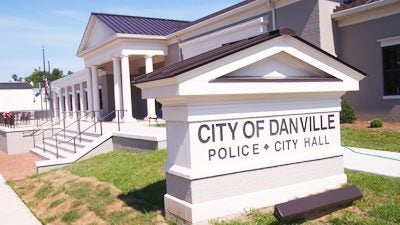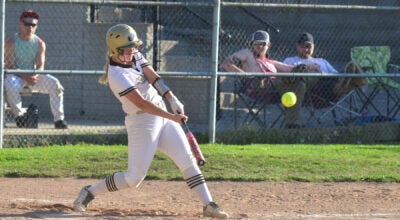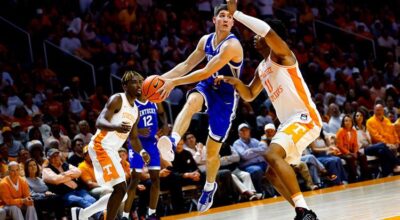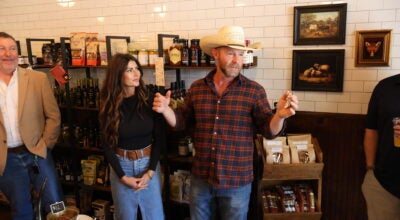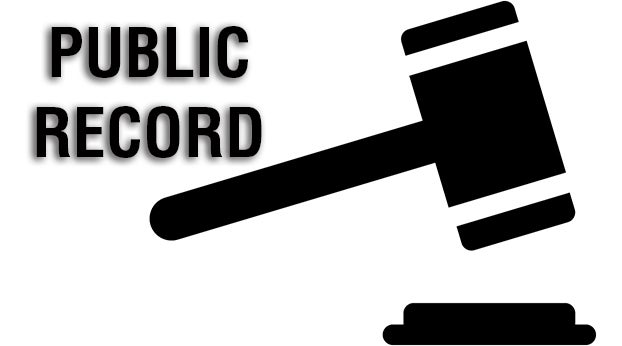Commission approves ordinance for public art moratorium
Published 9:14 am Monday, February 15, 2021
The Danville city commission approved a second reading of an ordinance for a public art moratorium for the city’s historic overlay district at a special called commission meeting.
The moratorium will last for six months or until the Danville Architectural Heritage Board establishes guidelines specific to public art in terms of size and other factors, said city attorney Stephen Dexter.
Dexter said within the historic overlay district, the DAHB issues certificates of appropriateness for anything done to the exterior of a structure in the district. With that, they have design guidelines and standards to uphold. This includes what percentage of the building’s windows can be covered and the size of signs.
However, Dexter said, as people wanted to put murals and art downtown and wanted to put arts in windows of vacant storefronts, for example, “It made it a bit challenging to apply the current guidelines, which didn’t take into account art. It was more pertaining to just long-term things, not temporary.”
The guidelines didn’t necessarily pertain to vacant storefronts or something like a 30-day mural put up around the holidays, for example.
The question also was regarding the definition of a mural.
“By virtue of there not being a definition, it had to be considered a sign and go under the sign guidelines,” Dexter said, which he said became “cumbersome” under the current guidelines.
So the DAHB said they needed to decide who owns a mural put up, who commissions it and the amount of time it can be up.
Dexter said considerations like these were particularly poignant considering that other communities have come into lawsuits with artists, especially as it applied to murals artists had participated in.
Some communities had taken murals down or altered them, leading artists to sue the communities over the art being their intellectual property.
There were other situations where communities had used art from a mural as part of their marketing or advertising, after which artists sued saying the communities were using their intellectual property and the artists needed compensation.
So to heed off potential liability issues but also facilitate public art, Dexter said the DAHB wanted guidelines specific to public art, which includes all public art, not just murals.
He said one of the purposes of the moratorium also was that the DAHB didn’t want to get a request for spring-related art as spring was approaching and not yet have guidelines in place.
“They were nervous about having a request come before them without having proper guidelines in place to make a good decision,” Dexter said.
So the DAHB has been working on guidelines, and Dexter said they are nearly complete. He said the DAHB can’t regulate the content of a mural — regulations must be content-neutral. Some things that have been under consideration are ownership guidelines on public art, whether the city can use the art’s likeness and size guidelines.


